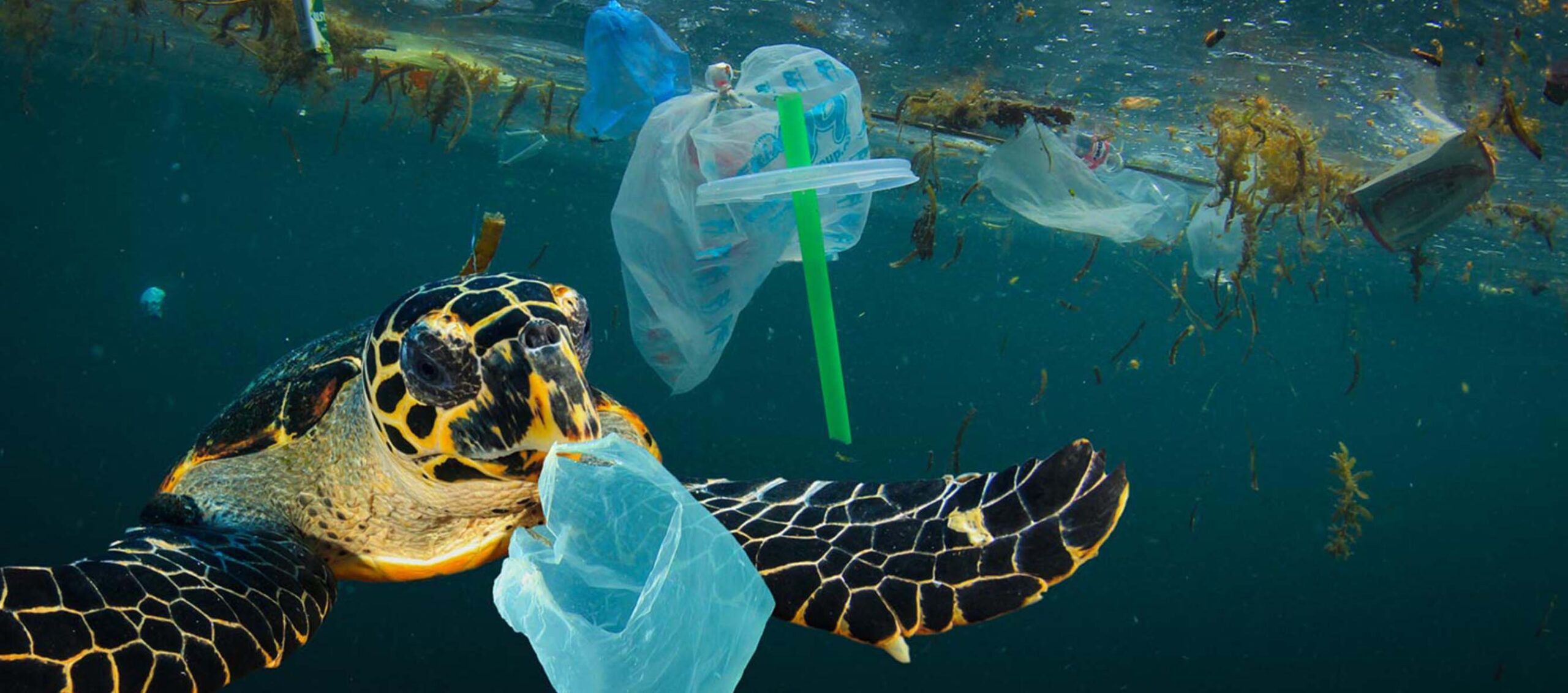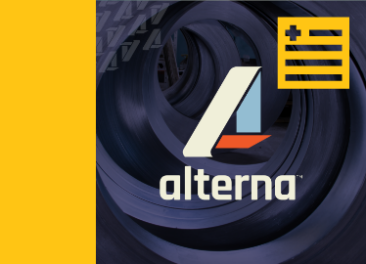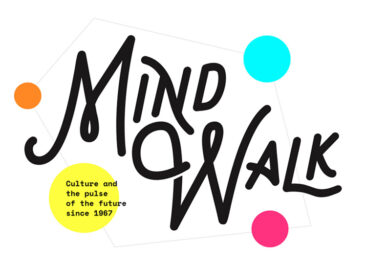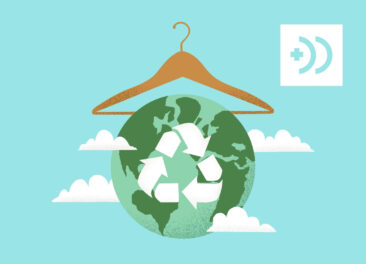Sustainable Packaging: 3 Radical New Rules
By Jamie Reedy, Creative Director, LRXD
I admit that I have a love-hate relationship with packaging.
I am a Creative Director at LRXD, the Health and Happiness Agency, so I love the visual challenge of using packaging to attract, entertain and inform. To create and channel a brand’s identity and personality, in its most pure form. To make something fun and beautiful that gets someone excited about trading their money for the reward of a great product, well-packaged.
But I’m also a human being who hates seeing plastic water bottles bobbing in a lake or a chip bag tumbling down the side of the road, polluting the planet. (I’m born and raised in Colorado, so my respect for nature runs deep.) UpStream calculates that packaging accounts for more than a quarter of America’s waste stream, so you know we’ve got a big problem on our hands.
It’s not just local. Eco concerns have become a real passion point everywhere. Almost 70% of consumers believe it’s important for a brand to be sustainable, according to a recent study by IBM and the National Retail Federation. And they’re motivated to be part of the change, with 74% willing to pay more for sustainable packaging, says research by Trivium Packaging and Boston Consulting Group.
At LRXD, we’re finding a new path. We’re radically rethinking the role packaging plays, today and tomorrow. Let me share the three big shifts towards sustainability that matter most.
Go bare if you care.
Many of us involved in marketing products have, at times, gone overboard – designing too many packaging layers when fewer would do. Going forward, we have a new mountain to climb: to simplify packaging, so it doesn’t involve 101 recycling steps. Coca-Cola went label-free with its I Lohas water brand last year, embossing its logo on the bottles rather than inking labels and sticking them on. Evian, a client of ours, is also etching their logo right onto the bottle. It’s not just beverages that need to rethink. Look at what Smartypits deodorant is doing with their sustainable line – packaging their product in a cardboard cylinder, a huge environmental improvement over the typical plastic containers that are notoriously hard to recycle (the dial on the bottom is usually a different material than the tube itself, creating issues). Every designer needs to be part of the solution and ask themselves, “How else can we minimize packaging and get down to a beautiful, engaging, branded essence?”
Embrace the ephemeral.
We’re used to creating ephemeral “social stories” that vanish after a certain period of time. The same concept is being applied to package design. This is all about creating packaging that vanishes – wrappers that dissolve, containers that disappear. This magical thinking is becoming a reality thanks to some interesting advances.
The personal-care brand Plus serves up its body wash as credit-card-sized sheets of dehydrated material, packaged in a wood-pulp wrapper that dissolves when dropped in the shower or tub.
There are some amazing examples of edible food packaging emerging, as well. Reuse, a container for takeout food made from wheat-husk packaging, can be eaten or composted once the food is finished. And the Ohoo “water bubbles” distributed at the 2019 London Marathon – self-contained sips of water, encased in an edible, algae-based membrane – offer a way to avoid single-use plastics.
What’s also intriguing about this new wave of exploration is we get to introduce consumers to a whole new realm of packaging, which makes it surprising for them. We’re channeling our best practices – intelligent, engaging and distinctive branding – into packaging with a super-short lifespan that doesn’t junk up our planet.
Restore the good.
Sustainability is good, but we need to recognize that regeneration is where we need to be. The state of the environment is dire, and it’s every businesses’ job right now to flip our thinking from “How can I do less harm?” to “How can I restore and replenish the environment?” Tomorrow’s consumers are absolutely going to demand this from the products they buy: 80% of Gen Zers believe brands play an essential role in solving the challenges facing humanity today.
When it comes to packaging, it’s not about choosing the “least bad” plastic out there. Instead, we all have to demand solutions (or dream them up!) to help the environment recover from the damage that’s been done. KFC is experimenting with making their iconic striped buckets out of compostable materials; Impact Snacks is debuting a snack bar with a wrapper that looks like old-school plastic but is actually totally compostable, nano-fibrillated cellulose film. Ecovative grows mycelium (a mushroom-like fungus) that’s a good, compostable polystyrene replacement. Working with these new materials and weaving them into the consumer’s daily life is just the kind of challenge we creatives love.
For those of us who thrive on a good, hard creative challenge, the years ahead will be an amazing time – an era in which we reinvent packaging and make a huge, positive difference in the state of our planet. Let’s keep it going.




